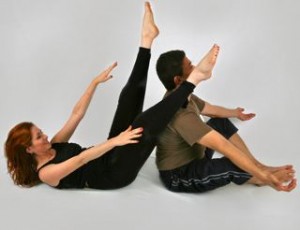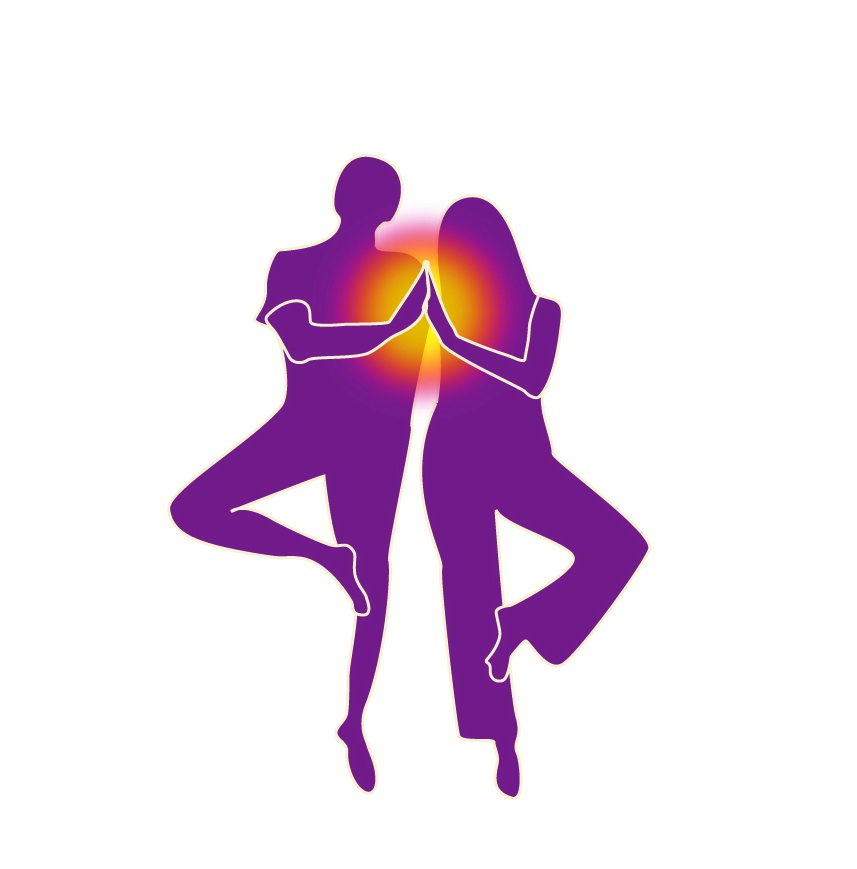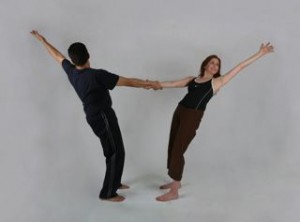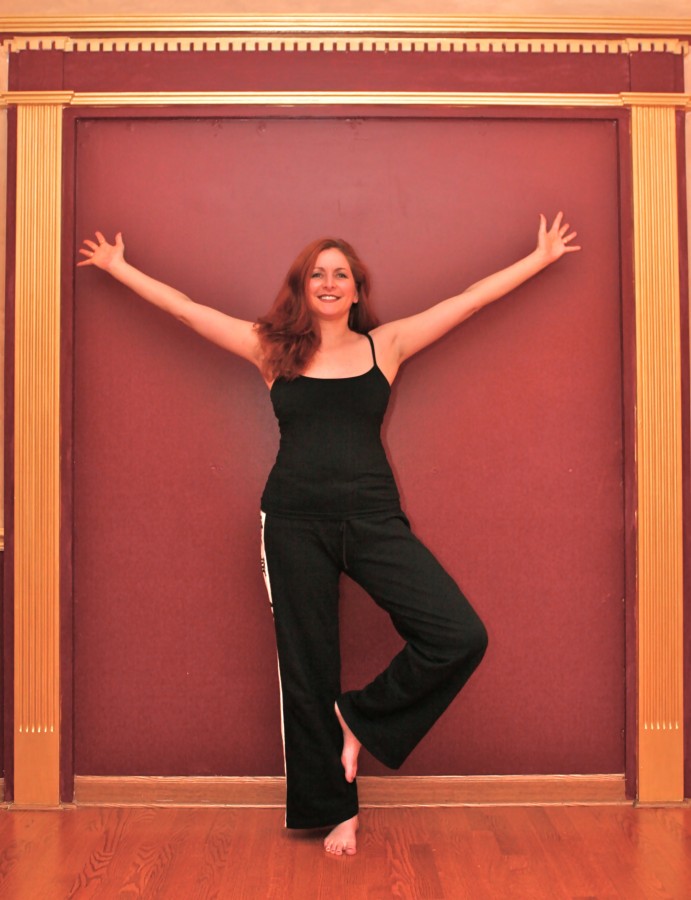Right Brain/Left Brain
Many scientists have studied the phenomena of our two brain hemispheres and how they work very independently from each other. The left-brain is the organized, linear, efficient “get things done” side. The day to day processes of navigating life occur in the left-brain. We negotiate the ins and outs of our shared existence using left-brain tools.
The right-brain, on the other hand, is more abstract. It’s the artistic, creative, non-linear side. Emotions are a function of the right-brain; we fall in love with the right-brain.
The corpus callosum is the chasm between the separated right and left cerebral hemispheres. Men have a wider area to bridge and less connecting tissue than women. This may be why men tend to experience things either rationally (left) or emotionally (right), but rarely both at the same time. As a result, the two don’t communicate very well. This just might explain a huge problem in relationships.
To further complicate communication, men and women are inherently different. Biological variations between males and females go deeper than the obvious. Researchers at the University of Pittsburgh Medical School are finding that “sex-based disparities in the nervous, musculoskeletal, respiratory, cardiovascular, and immune systems” exist. According to Elaine Vitone, writing in the Fall 2010 Edition of Pitt Med, “They’re finding strengths and vulnerabilities in each sex that further our understanding of certain illnesses overall.” This has consequences in every aspect of life, from how the sexes approach problem-solving, to stress responses, to basic communication.
It is a common perception that women are more emotionally open, intuitive and connected, while men are more logical and less emotionally aware. This perception has a basis in biology as well as culture. Looking again at neurochemistry, Dr. Roger Sperry discovered a difference in the way male and female babies develop. Sometime between the 16th and 26th week of pregnancy, two chemicals are released in the brains of male babies. These chemicals naturally slow the development of the right hemisphere, the seat of intuition and empathy, the source of emotion. Though men have larger brains and more brain cells, women have more neural connections, so when a woman brings up something emotional that happened in the past during a current argument, that’s because for her, the same emotion from past and present are connected.
Because women can access both sides of their brains more easily than men, female language is often formed from both hemispheres, whereas male language is more often based in the left hemisphere. This is one reason why women who have left-brain strokes have (on average) an easier time recovering language skills than men.
The inferior-parietal lobe (IPL), in the left hemisphere, is thought to be the seat of mathematical ability. Men typically develop a larger IPL than women, which explains why men often outperform women in math. Men also generally have stronger spacial abilities, whereas a thicker parietal area in women’s brains is thought to hinder their mental ability to imagine 3D objects. Einstein, on the other hand, had an IPL that was not only larger than average, but also uniquely formed.
Men and women generally react differently to stress. According to psychologist Shelley E. Taylor, women “tend and befriend” stress. During times of stress, the body produces more of the hormone oxytocin. In women, estrogen enhances the effects of oxytocin, producing a calming effect, causing women to take better care of themselves and their children, and to seek out and strengthen bonds of friendship. In men, stress increases their levels of testosterone, and this reduces the stress-mitigating effects of oxytocin. This can cause men to withdraw, to think things through on their own. These physiological facts are another example of differences between males and females that make them approach problem-solving and communication differently.
Cultural learning adds an additional gendered layer. Women are raised to be sensitive to the emotions of others, while men are taught to act assertively to get what they want. The full weight of western culture has decided that reason is more important than emotion, without much thought given to finding an essential balance. As a result, men are raised to repress their feelings, while women are taught that their emotions are irrelevant.
As they grow, men are encouraged to disconnect from experiences of sadness and pain by not overtly reacting to them. Women are socialized to repress the expression of their thoughts and opinions, and avoid confrontation. Uncomfortable with and socialized away from overt demands, they often make requests which men may interpret as optional. In some cases, such requests might be seen as manipulative. Because clearly stating desires can be considered unfeminine, women are in a classic double bind. If they are assertive, they may be considered unfeminine; but if unassertive, they may be seen as frivolous or worse, as having no desires at all.
Women, with their greater volume of neural connections, remember things better than men. Unfortunately, in an argument, women tend to bring up everything related to the issue at hand, because, in their mind, it’s all connected. To a man, this can feel like his partner is throwing the kitchen sink at him. All of these communication challenges factor into potential relationship problems.
I’m sure by now you may be thinking, “Then it’s hopeless. How can I trust my experiences?” Well, the good news is that it is not hopeless. In fact, if you understand these principles and fundamental differences between men and women, and how to work through them, you have a much greater chance for a loving relationship that will last a lifetime.
Once you recognize that the early highs of a relationship are not sustainable over the long term, it’s important to make sure there is substance that can carry your love beyond those early feelings, to stand the test of time. The underpinnings of a relationship are often overlooked, but they are where the substance is – much like a bridge that seems to float over the water, but is solidly supported underneath. When it comes to living a lifetime with another, there must be more to support and justify the relationship than a simple statement or feeling of love.
======================================================================
Lee A. Bowers, Ph.D., is a licensed psychologist in private practice in Villanova, PA. She has more than 25 years experience working with families and couples. To learn more about Dr. Lee or request a consultation, please visit her website at: www.drleebowers.com, e-mail: leebowers@comcast.net, or phone: 610-520-0443.





